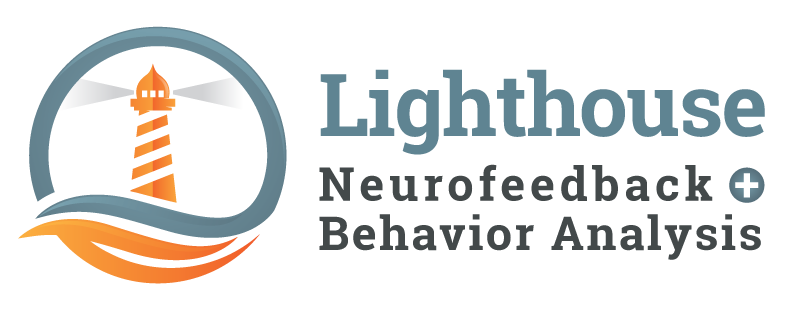Behavioral Training of Early Executive Functioning Game #1: How Effective Therapy for Your Child with Autism or ADHD is a Matter of Behavioral Exercise
What we often see is in the more classic presentation of disorders of attention and goal-directed behavior are problems in predictable regions of the brain. The ones that are most commonly involved (prefrontal and anterior cingulate cortexes) are the ones that I believe respond best to behavioral training. My current favorite method of treatment for kids with deficits in the skills governed by these brain regions involve games where the child needs to be able to stop and start forward motion based on the presence or absence of a stimulus, inhibit mirror reflexes, and resist impulses to engage in behaviors that will result in loss of reinforcement. Over the next few days, I will be giving those that are interested some ideas of how to transform fun and familiar games into cognitive training workouts.
Game #1 (of 3): Simon Says
1) The one rule of Simon Says is that the participants must cooperate with a verbal demand to engage in a specific behavior or gesture given by another person only when the specific demand is preceded by “Simon says”. When it isn’t, then the child is expected to maintain their preceding posture. The game is substantially more difficult when the person playing the role of Simon models the verbally prompted behavior or gesture as the give the verbal demand.
2) Simon Says requires the child to inhibit the impulse to follow a verbal command and imitate another person’s movements/gestures. Inhibiting compliance with a verbal command is made harder after a series of cooperative responses has been reinforced which is related to the Behavior Analysis principle called Behavioral Momentum. In addition, humans reflexively mirror a human model. This is why yawning is contagious and why it is hard not to look up when you are standing in a crowd all modeling that behavior. The tendency to imitate the movements of others is built into the brain, right alongside a related system that usually inhibits that impulse. For some children with dysfunctional orbital medial prefrontal cortexes (especially on the right side), they have trouble inhibiting the impulse to follow a directive or imitate a model.
3) Simon says can be modified to meet the level of the child and guarantee a greater level of success than failure, which is an important part of gaining the child’s willing participation in the activity. It is important to gradually build up the skill, which will likely take repeated practice over an extended period of time. I usually find that in the more disabled children, it may take 6 months before meaningful improvement is obtained.
4) Its always a good idea to offer rewards/reinforcers for participating and succeeding at the activity. This will ensure effort and willing future participation.
5) Modifications To Help the Child Achieve a High Ratio of Success
Start with just verbal prompts like “touch your nose” without modeling the behavior. This way the child just focuses on inhibiting responding to a verbal stimulus and not a visual one at the same time.
Do “Simon Says” (Go cue) and without “Simon Says” (NoGo Cue) on a rotating basis. This way the child will have the ability to predict when the prompt will vary based on the constant cycle. You can also make a cycle of 3 NoGo’s followed by 1 Go cues or vice versa, or other patterns.
Some kids have a really hard time not imitating a physical model, for these kids, you might need to start with the prompt to “touch your nose” for the Go cue and “don’t touch your nose” for the NoGo cue. Once they learn to inhibit the imitative reflex, they can start learning to respond to the normal “Simon” cues.
The game gets substantially harder when you provide an unpredictably longer series of Go cues before the NoGo, because the child will have built up some momentum in cooperating with the demands. By giving 3-7 Go cues, the child will need to be exerting extra effort to notice when the “Simon” is left out of the demand.
The speed or the rate of presentation of Go and NoGo cues will also be harder for the child to process. As the child’s brain grows and matures, they will be able to be successful with faster presentations of demands.
This is the first of a series of games that can be transformed into brain training exercises that can help kids function better. These build core executive functioning skills and are even more effective if combined with neurofeedback, biofeedback, and brain stimulation technologies. At Lighthouse Neurofeedback and Behavior Analysis, your child will get the best that modern science has to offer.

